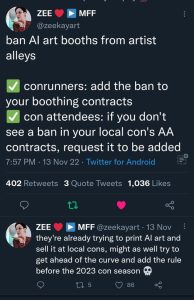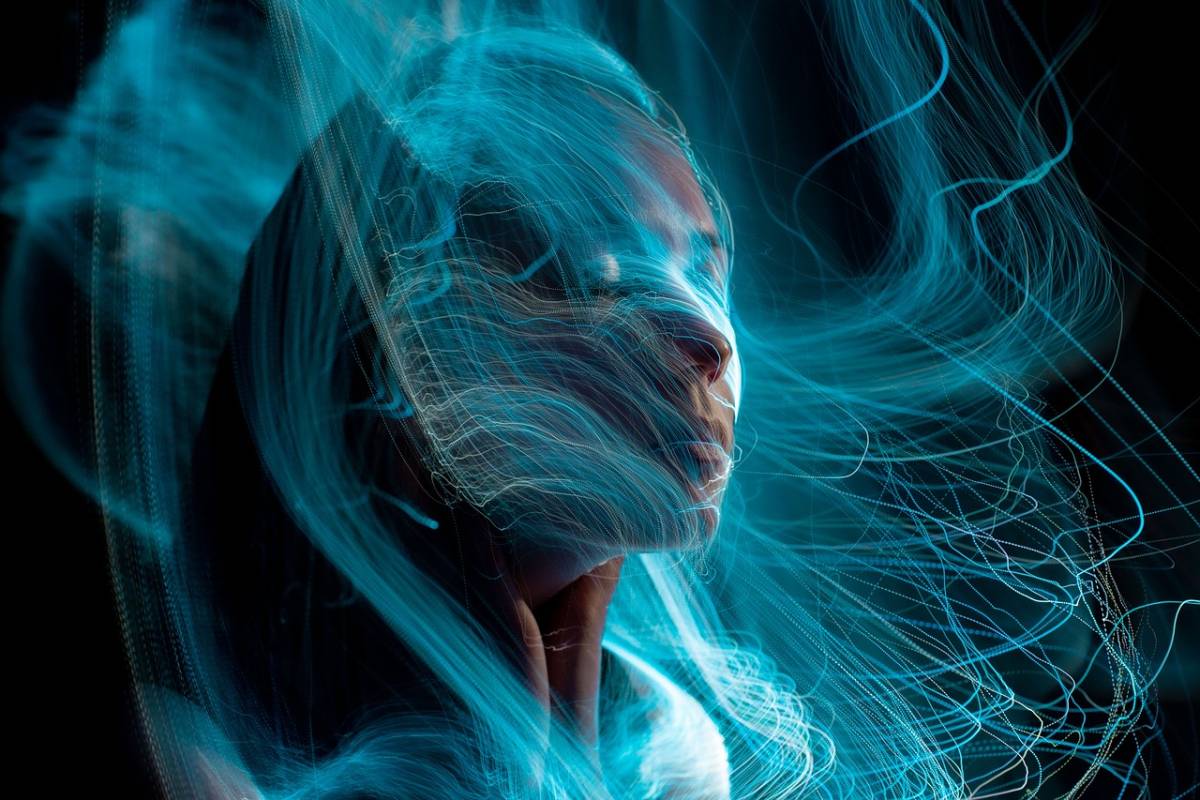Fanfic — or fan fiction — was a pretty frequent topic when I was doing writing panels.
For those who don’t know, fan fiction (including film) is when fans of a film, book, or other media, create additional, unauthorized continuations of the story. Perhaps the author writes themselves into the story. Perhaps they fulfill a romantic connection they wanted to see, but didn’t happen in the original. Perhaps they just want to see more of characters and a world that they love.
But… they’re unauthorized. Even if they’re of good quality — and some definitely are — ultimately, they’re building off of someone else’s idea. Someone else’s intellectual property.
That’s where it becomes a problem for a lot of people.
Part of it is the idea that you’re messing with someone else’s creation. Whether or not the creator "owns" the characters and setting and story they create is debatable. What is not debatable is that those characters, story, and setting are someone else’s intellectual property. Something they actually get paid for. {1}
For me, that’s where the rubber hits the road, and where it becomes a pretty clear-cut thing.
If the fan fiction is making money then it’s a problem {2}. Other than that, it’s just fan activity.
That principle serves well outside of publishing, too.
If you’ve been to a convention or craft show you’ve seen them in "artists alley" and in the vendor hall. You’ve seen them at local hotel-lobby conventions, at craft fairs, and at giant cons like GenCon. You’ve seen them all over etsy and t-shirt shops.
I mean those people who sell knock-off digital avatars. I mean those people selling their fan fiction ebooks. I mean those people selling stickers and calendars and air fresheners and paintings and artwork and t-shirts that simply rip off someone else’s work. There is nothing transformative or original about them {3}; it’s just plain plagiarism and copyright infringement.
It must stop.
 There is a lot of commentary going on — and rightly so — about the role of AI in these spaces. There are appropriate calls to ensure that AI-created art does not appear in artist’s alleys and at our conventions and fairs. As M. Sotherden, a glass artist, said on Facebook:
There is a lot of commentary going on — and rightly so — about the role of AI in these spaces. There are appropriate calls to ensure that AI-created art does not appear in artist’s alleys and at our conventions and fairs. As M. Sotherden, a glass artist, said on Facebook:
"[M]any Ren Faires require a photo of you WORKING IN YOUR SPACE. On a partially completed piece of yours. For computer stuff that means a half finished photoshop thing or whatever. For folks like me, that’s a soldering station with a half soldered piece."
They’re absolutely right: While there is a role for generative AI and ML, selling them as if they are somehow equivalent to human-created artwork is not that place.
And while we are having this conversation about high-tech copyright and intellectual property violations, we also need to have the same conversation about the low-tech varieties as well.
Contact the conventions, faires, festivals, and craft shows that are important to you. Tell them how important it is that they feature human art that respects the hard work, creativity, and copyright of other artists as well.
Hell, you may be doing them a favor by helping them not be potentially liable for hosting the illegal activity.
{1} We currently live in a capitalist oligarchy. I’m not saying it should be this way, just that it currently is.
{2} I’ve spent too much time marveling at fan creations in Second Life and other virtual spaces that were only able to afford their digital "rent" due to donations. That isn’t what I mean here.
{3} There is absolutely a place for transformative and original artwork, remixes, and that kind of fair use. That said, simply saying "It’s fair use" does not actually make it fair use.
Featured Image by Merlin Lightpainting from Pixabay
